Unicellular exocrine gland histology 833720
Depending on the number of cells, exocrine glands are unicellular (goblet cell) and multicellular The multicellular exocrine glands are subclassified according to the duct as simple (their ducts are not branched) and compound (their ducts branch)Unicellular gland This lining epithelium of the monkey trachea is a pseudostratified epithelium with cilia and goblet cells Goblet cells release mucin proteinsB) cardiac c) smooth d) voluntary c) smooth Close examination of an organ reveals a lining of several layers of cells The layers do not contain any blood vessels and one surface of the cells is open to the internal cavity of the organ This tissue is probably a) epithelium b) connective tissue

Glandular Epithelium And Glands Springerlink
Unicellular exocrine gland histology
Unicellular exocrine gland histology-A secretory unit which secretes the product and an excretory duct which conveys theEPITHELIA EXOCRINE & ENDOCRINE GLANDS



Tissues And Membranes
Exocrine Glands Can be Unicellular Goblet cells, or Multicellular All exocrine glands are glands with ducts The secretions are delivered into ducts and end up on the epithelial surface For example, the sweat glands are exocrine glands There are several different basic types of exocrine glandsWhile most exocrine glands are multicellular, goblet cells are the only example of unicellular exocrine glands in mammals!Mode of secretion merocrine (exocytosis), holocrine (apoptosis) or apocrine Unicellular exocrine glands release their products from epithelial cells specialized for secretion directly onto the surface of an epithelium ( eg, goblet cells in the intestinal and respiratory epithelium) Multicellular exocorine glands are clusters of secretory cells that release their products through a duct onto
So named for their shape, these glands secrete mucus and are found in the epithelial lining of the respiratory, urinary, digestive, and reproductive systems Unicellular exocrine glands are made up of singlecelled glands and mostly secrete mucus directly to the apical surface of the lining epithelium The multicellular exocrine glands are composed of several cells and form a specific macroscopic organThe pineal gland and the pituitary gland are located in the brain The thyroid gland, located within the neck, wraps around the trachea Four small, discshaped parathyroid glands are embedded into the posterior side of the thyroid The adrenal glands are located on top of each kidney The pancreas is located in the upper portion of the abdomen
Slide #37 Exocrine Glands The goblet cell is a unicellular exocrine gland (this is the one exception) It discharges its product right at the surface, not into the blood or a duct system The condensed, elongated nucleus is found in the basal part of the cell, while the top is full of mucin droplets, the secretory product2) According to the number of cells forming the gland Unicellular glands It consists of a single secretory cell in a nonsecretory epithelium (eg, goblet cells) Multicellular glands It is composed of more than one cell (eg, salivary gland) 3) According to the morphology of duct and the secretory partsExocrine glands can be Unicellular Goblet cells, or Multicellular and the basis of their classification was covered in the topic on epithelia Endocrine Glands Hormones coordinate, integrate and regulate interdependent processes around the body




Jaypeedigital Ebook Reader
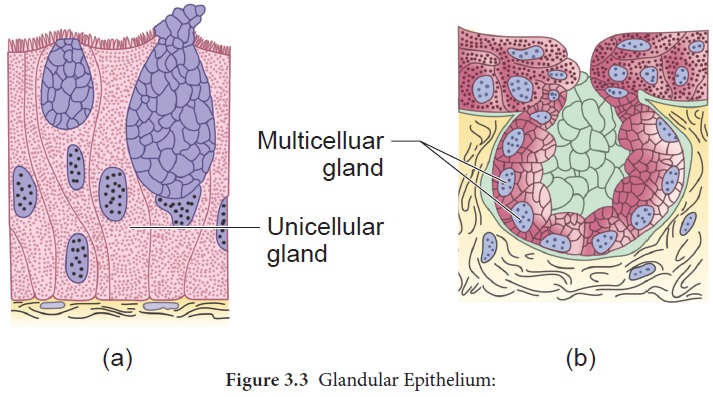



Epithelial Tissue Zoology
Exocrine glands secrete through ducts that lead to body surfaces, such as skin or body cavities 5 Exocrine glands can be unicellular or multicellular a Mostly multicellular 6 Unicellular exocrine glands are mucous cells or goblet cells that are found in epithelial linings of digestive and respiratory tracts aUnicellular exocrine glands are individual cells that remain in the epithelium of origin and secrete onto that surface Multicellular exocrine glands invaginate from the surface epithelium into the underlying connective tissue These glands remain attached to the epithelium by ducts that transport the secretory product to the surface Unicellular exocrine glands do this directly by exocytosis, while multicellular glands transport their product through a duct on the epithelial surface Products secreted by exocrine glands include sweat, oil, mucous, bile, and more Unicellular exocrine glands Important examples of unicellular glands include goblet cells (looks like a goblet) and mucous




Tubular Gland An Overview Sciencedirect Topics



1
Histology Tissues Cells work Ducts carry products of exocrine glands to epithelial surface Sweat and oil glands Salivary glands Liver and pancreas Mammary glands May be unicellular or multicellular Unicellular Exocrine Glands (The Goblet Cell)Endocrine glands empty their products into _____ and are referred to as _____ glands, while exocrine gland secretions empty into _____ or onto surfaces Question 12 options a)This video "Exocrine Glands" is part of the Lecturio course "Histology" WATCH the complete course on http//lecturio/exocrineglands LEARN ABOUT What is
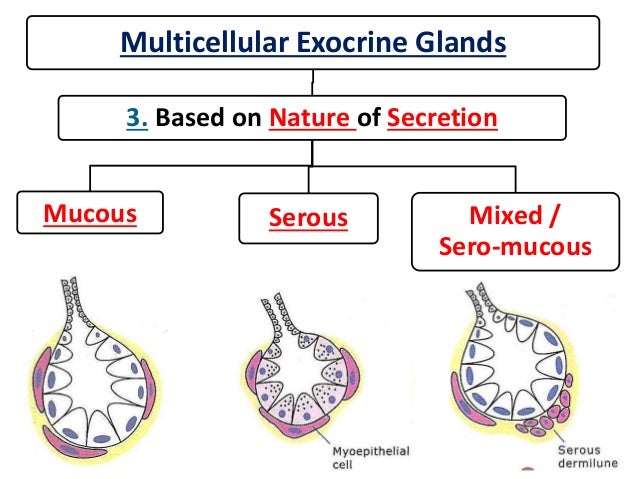



Glands Histology




Unicellular Glands Mucin Youtube
They have no ducts, of course, but they secrete their products directly on the free surface of open body cavities and thus, are considered exocrine (ites di pa sure kung unicellular exocrine glands ba talaga) Multicellular Exocrine Glands The multicellular exocrine glands known as serous glands develop from simple epithelium to form aStart studying Histology Lippincott Chapter 2 (Epithelial Tissue) Learn vocabulary, terms, and more with flashcards, games, and other study tools Home Subjects Multicellular exocrine serous glands (D) Unicellular enteroendocrine glands (E) Unicellular exocrine mucous glands (B) Glandular Organs of the anterior neck are examined by aUnicellular exocrine glands goblet cells multicellular exocrine glands 2 parts;



2



2
This video explains what endocrine and exocrine glands are and explains how they differ from each otherSupport us!Anatomy app by Dr Ashwani Kumar http//bitly/ashwaniappSerous, Mucous and Seromucous Glands videos for NEET PGThe simplest gland is a unicellular gland, which can be either endocrine or exocrine The goblet cells shown here represent unicellular exocrine glands that remain in the epithelium from which they originated These cells secrete mucus and are prominent in the lining epithelium of the gastrointestinal and respiratory systems



Histology Exocrine Glands
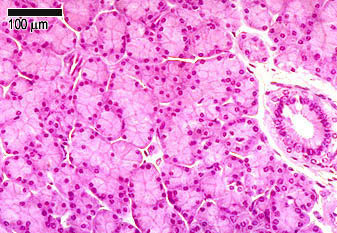



Glandular Tissue The Histology Guide
EXOCRINE GLANDS release their products onto the free surface of the skin or of the open cavities of the body such as the digestive, respiratory or reproductive tracts Their products are NOT released into the blood Exocrine glands are also classified on the basis of their structure Unicellular glandsA EXOCRINE GLANDS Histologically, composed from two parts a secretory portion (lat portio secretoria) – contains the cells responsible for the secretory process b system of ducts (lat ductus glandulae) – transport the secretion to the exterior of the gland Classification of exocrine glandsExocrine glands have two structural classifications unicellular (one cell layer) and multicellular (many cell layers) Goblet cells are unicellular exocrine glands;




Epithelial Gland Types Endocrine Exocrine Sweat Glands Stock Illustration Illustration Of Deliver Illustrations



2
Exocrine glands the Thyroid gland chief cells the pancreas increases calcium levels in the plasma Corticotrophs originates from nervous tissue the medulla of the adrenal gland paracrine function Clear cells acidophil blood pressure are ductless basophil metabolism unicellular exocrine glands the innermost layer of theUnicellular gland The mucin in these goblet cells is located in the apex of the cell, with the nucleus and remaining cytoplasm located beneath it, creating the gobletlike shape Goblet cells release mucin proteins which become hydrated, thereby forming mucusA B Glands Exocrine glands may be 1 Unicellular (ie ________________) 2 Multicellular • Duct (simple, compound) • Secretory portion (tubular, acinar/alveolar, tubuloacinar) Multicellular Gland Classification Simple • No duct, or single unbranched duct, leads to epithelial surface (Simple) Multicellular Gland Classification



Glandular Epithelium Atlante Di Istologia Histology Atlas




Histology Powerpoint Files Pptx Dr Enaam Muhadharaty
The unicellular glands provide nutrition to the oocyte and sperm The oviduct is the site of fertilization Oviduct 1000x Simple columnar epithelium Not all unicellular glands are goblet cells This simple columnar epithelium lining the oviduct demonstrates unicellular glands among the Goblet cells are unicellular intraepithelial mucinsecreting glands scattered within simple epithelia, such as cuboidal, columnar, and pseudostratified epitheliaTheir name corresponds to their shape, as they resemble a goblet, with their narrow bases and wide apex Their role is to protect the surface of epithelium, lubricate it, and catch harmful particlesUnicellular exocrine glands These are the simplest exocrine glands, as they are made up of a single cell that is distributed in an epithelium The goblet cells of the intestine and the respiratory tract are the most prominent examples of this type of gland



Animal Tissues Epithelial Tissue Glands Atlas Of Plant And Animal Histology



1
Acini cells secretory cells of gland, duct cells form a duct for passage of product onto surface or body cavity 3 modes of secretion Classifications of Exocrine Glands Based on numbers of cell Unicellular Multicellular Goblet Cell 12 Multicellular Exocrine Glands 1 Based on branching pattern of ducts Simple No Branching Compound Branched 13 Multicellular Exocrine Glands 2 Based on Shape of Secretory End Piece Tubular Alveolar / Acinar Tubulo alveolar 14Exocrine glands may be classified according to cell number, and/or the shape and branching pattern of their secretory portions and ducts Unicellular Glands consist of a single secretory cell In mammals the only example of unicellular exocrine glands are goblet cells, which occur in the epithelium of many mucous membranes
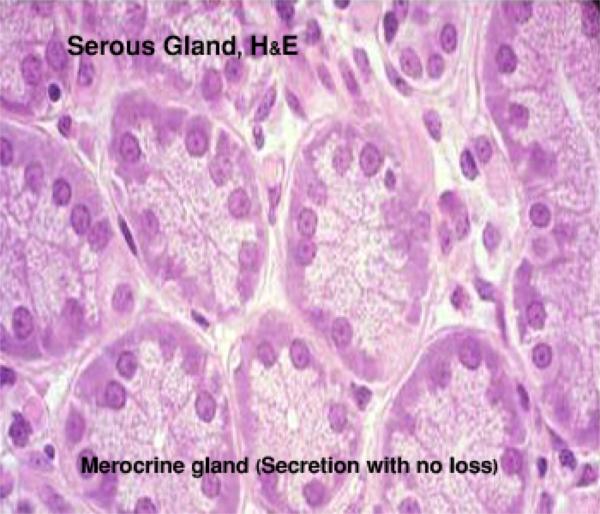



Epithelium Glands



2
Six slides demonstrating unicellular, lymphoid, exocrine, endocrine, and sebaceous glands We use cookies to provide you with a great user experience By using our site, you accept our use ofStart studying A&P CHAPTER 4 TEST BANK Learn vocabulary, terms, and more with flashcards, games, and other study toolsTo identify the following types of exocrine glands unicellular (Goblet cell), secretory sheet, simple tubular (straight and coiled), simple and branched alveolar (acinar) glands, compound tubular and tubuloalveolar (tubuloacinar) glands To recognise the different arrangement of endocrine glands when compared to exocrine glands



Exocrine Glands



2
Back 12 front 13 Examples of multicellular exocrine glands? Unicellular exocrine glands are dispersed within the covering epithelia, such as goblet cells in gastrointestinal and respiratory tracts Multicellular glands consist of two parts;Exocrine Glands View videos describing the histological features of all the exocrine glands eg histology or the pancreas Exocrine Glands Introduction and Learning Overview, A Unicellular Gland, Classification of Glands, Mucous and Serous Secretory Units, Simple Straight Tubular Glands, Simple Coiled Tubular Glands, Simple Acinar Glands




Exocrine Gland Wikipedia
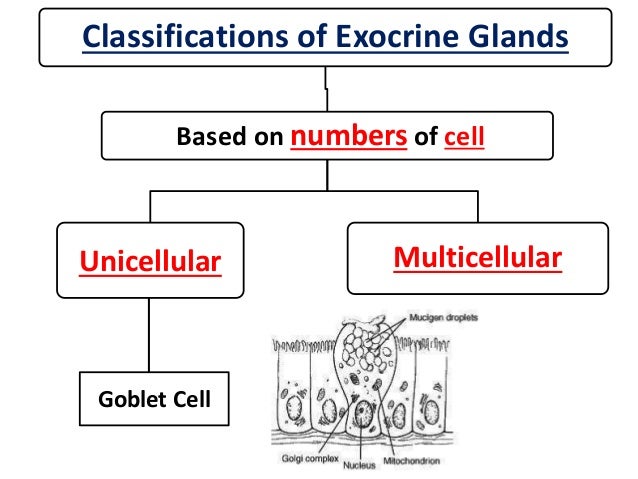



Glands Histology
Print Vertibrate Histology Test 1 flashcards and study them The berryshaped termination of an exocrine gland, where the secretion is produced, is acinar in form, as is the alveolar sac containing multiple alveoli in the lungs front 12 Example of a unicellular exocrine gland? Unicellular Glands Unicellular glands are interspersed amongst other (nonsecretory) epithelial cells The classic example of a unicellular exocrine gland is the goblet cell that is located in the epithelial cells lining the trachea, small intestine, and colonThe goblet cell has a narrow base and an expanded apex filled with secretory granulesUnicellular exocrine glands Unicellular exocrine glands consist of single cells specialized for secretion scattered amongst other nonsecretory epithelial cells of a surface membrane They have no ducts, of course, but they secrete their products directly on the free surface of open body cavities and thus, are considered exocrine
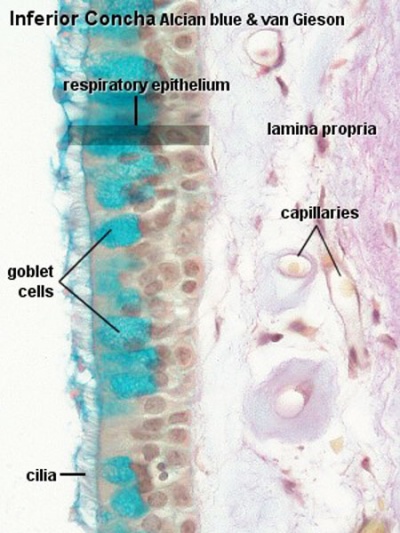



Anat2241 Glandular Epithelia Embryology




Glandular Epithelium Describes Epithelial Tissue Found In Glands And Specialized For Exocrine Or Endocrine Secretion Glands Ppt Download
They have no ducts, of course, but they secrete their products directly on the free surface of open body cavities and thus, are considered exocrine (ites di pa sure kung unicellular exocrine glands ba talaga) Multicellular Exocrine Glands The multicellular exocrine glands known as serous glands develop from simple epithelium to form aThese specialized epithelial cells secrete mucus are typically found in simple and pseudostratified columnar membranesExocrine glands release their products to the external surfaces of the body (for example, skin, respiratory ducts and digestive duct) If the products are released into inner tissues and blood stream they are called endocrine glands Figura 1 Main types of glands Glands differentiate from epithelial tissues during the embryo development




Exocrine Glands Flashcards Quizlet




Solved Question 19 Goblet Cells Which Are Unicellular Chegg Com
A gland is a functional unit of cells that works together to create and release a product into a duct or directly to the bloodstream Two principal types of glands exist exocrine and endocrine The key difference between the two types is that, whereas exocrine glands secrete substances into a ductal system to an epithelial surface, endocrine glands secrete productsEpithelium, the exocrine glands maintain a connection with the surface via a duct, and the endocrine glands lose this connection You will examine exocrine glands in this lab while endocrine glands will be studied later in the course There are three methods for classifying exocrine glands 1 According to structural organization; • All exocrine glands can be broadly classified into two groups, unicellular and multicellular glands 6 Unicellular glands • as the name suggests, these are glands consisting of single cells • The only example for this type of gland is a goblet cell, which secretes mucus Multicellular glands • These glands consist of many




Glands What Are Glands Types Of Glands Merocrine Glands Apocrine Glands Holocrine Glands Youtube




Pin On Biology A



2




Types Of Multicellular Exocrine Glands Diagram Quizlet



Epithelia The Histology Guide
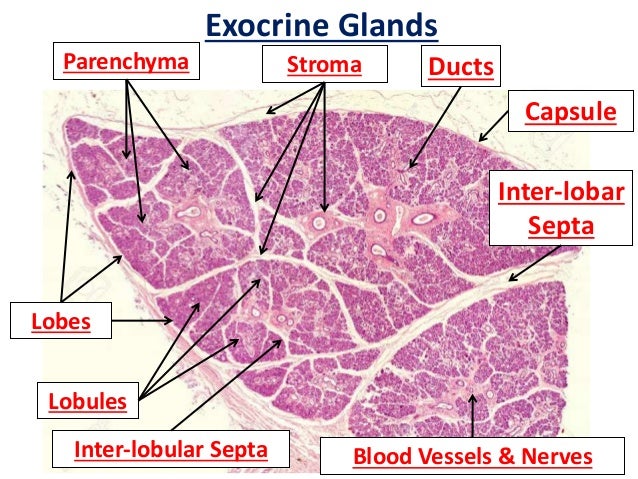



Glands Histology
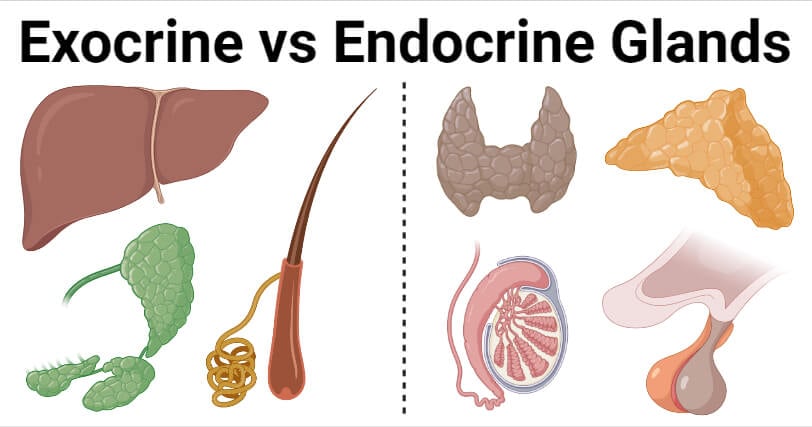



Exocrine Vs Endocrine Glands Definition 8 Differences Examples



1




Glands Classifications Types Functions And Diagrams Jotscroll
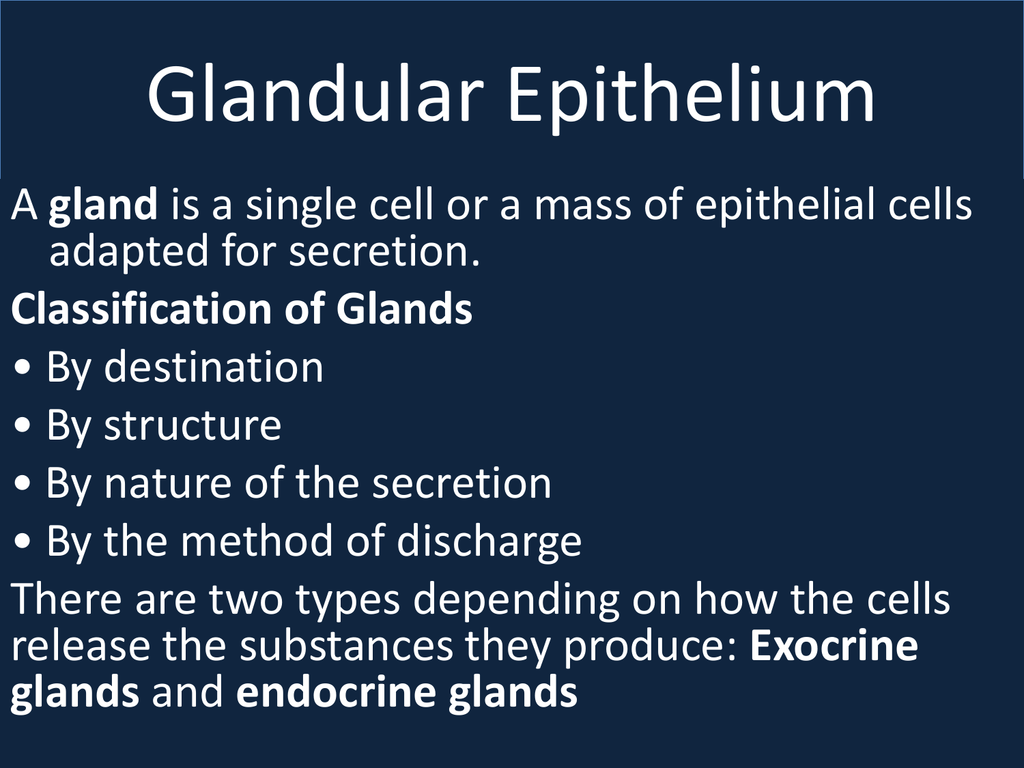



2 Glandular Epithelium




Overview Exocrine 1 Digital Histology
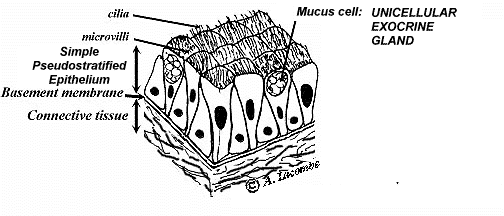



Al S Tutorial Histology Epithelium Glandular Epithelia




Glandular Epithelium And Glands Springerlink
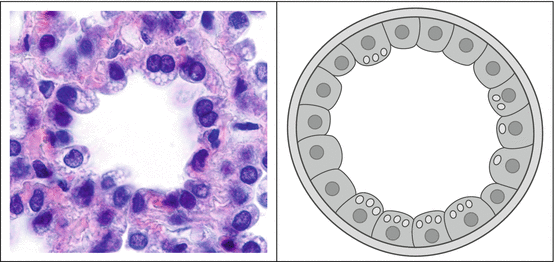



Glandular Epithelium And Glands Springerlink




Glands And Its Types Site Of Secretion Exocrine Glands




Histology Powerpoint Files Pptx Dr Enaam Muhadharaty




Glands Histology Sciencekeys




Anat2241 Glandular Epithelia Embryology




General Histology Knowledge Amboss



Difference Between Endocrine And Exocrine Glands Definition Types Features Functions
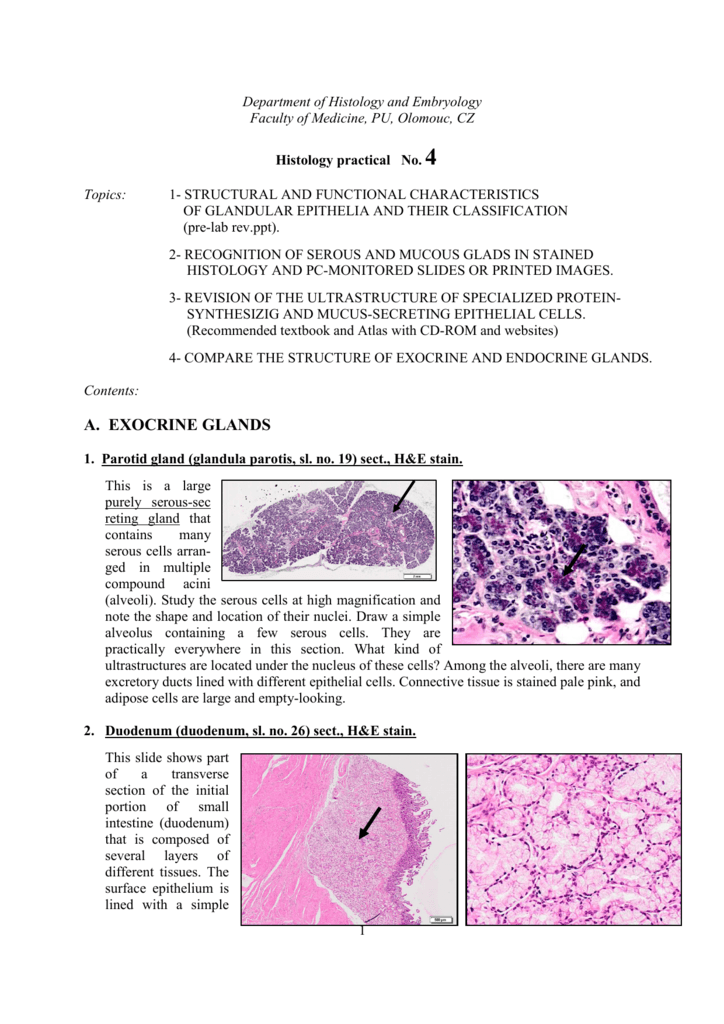



A Exocrine Glands




Histology Quiz 1 Identification Slides L Simple Squamous Epithelium Mesothelium R Simple Squamous Epithelium Ppt Download



2
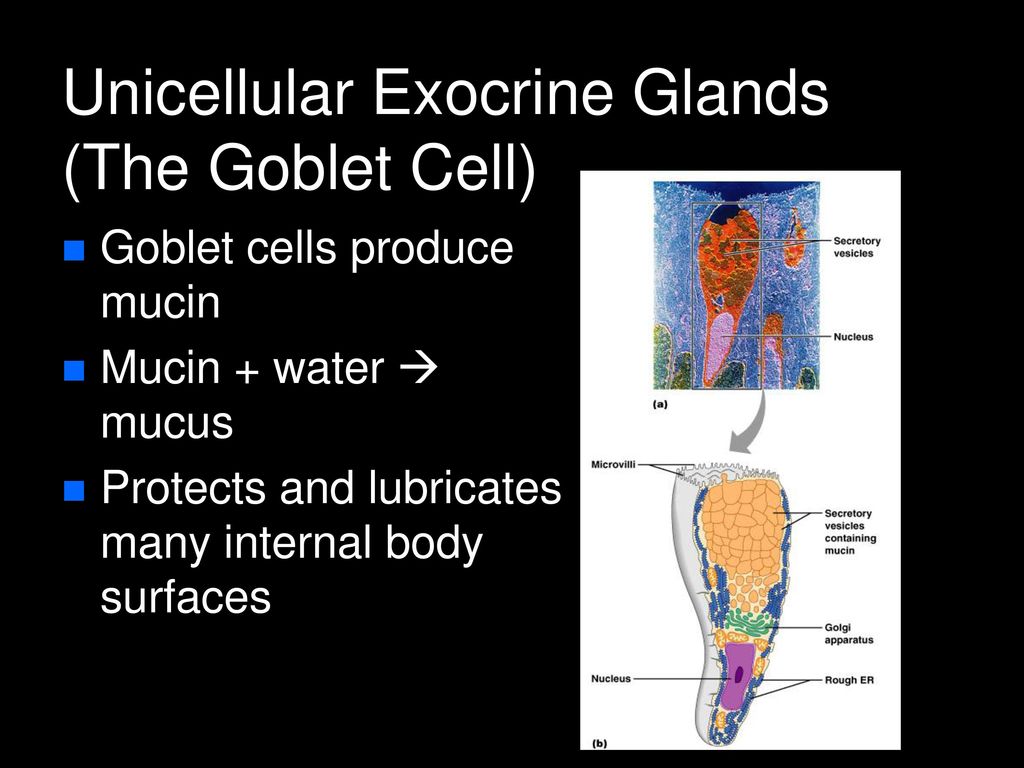



Histology Ppt Download



Blue Histology Epithelia And Glands




Epithelial Tissues Exocrine Glands Quiz Digital Histology
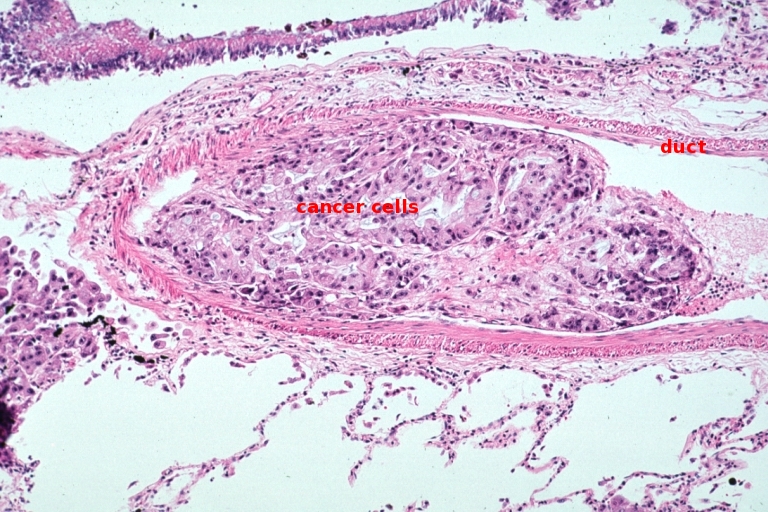



Glandular Epithelium
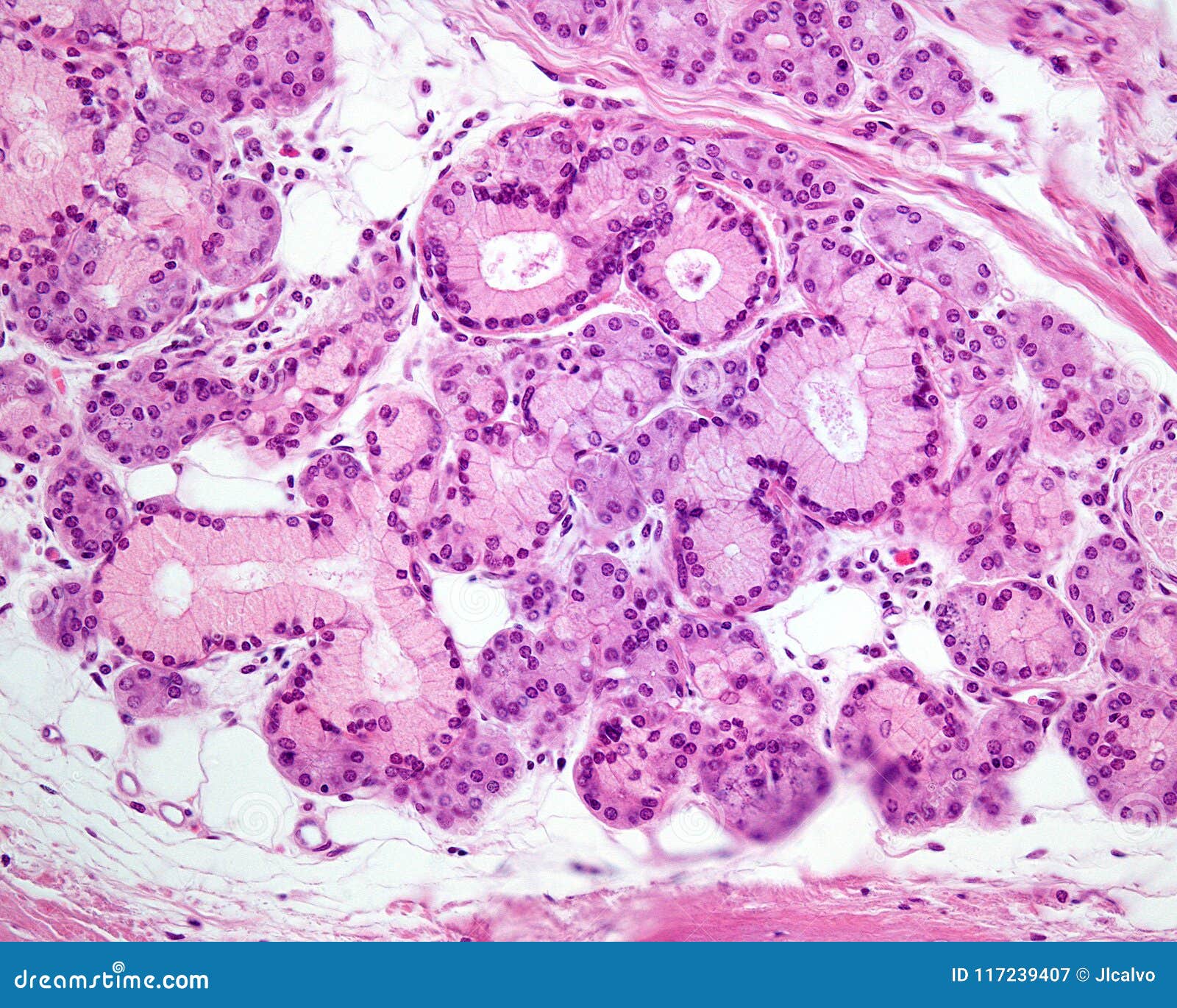



Mixed Exocrine Gland Stock Image Image Of Histology




Epithelial Glands Basicmedical Key




Glandular Compound Epithelium W3spoint



2
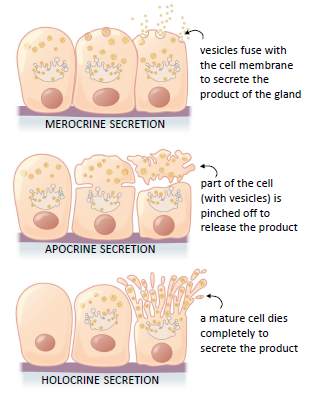



How Are Exocrine Glands Classified Socratic
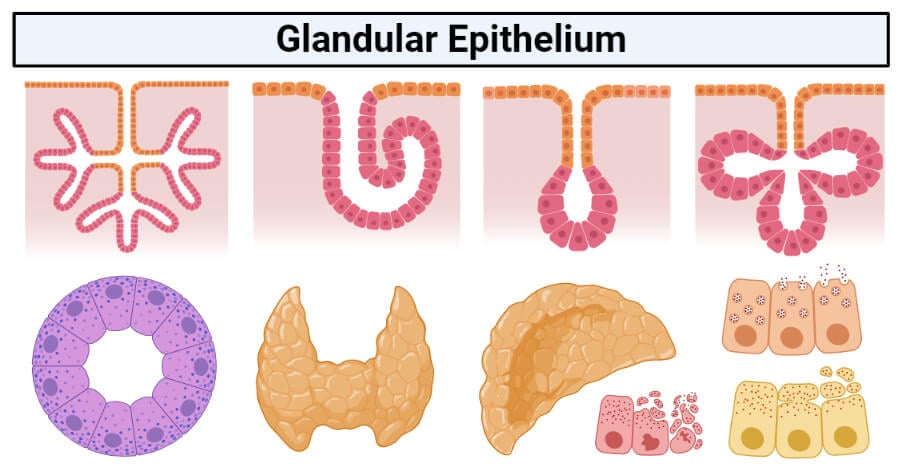



Glandular Epithelium Definition Structure Functions Examples




Gnk125 Glandular Epithelium
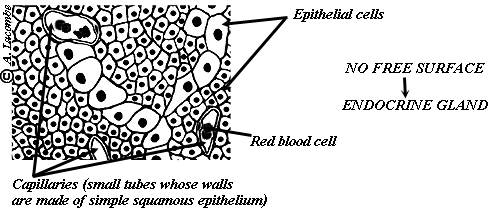



Al S Tutorial Histology Epithelium Glandular Epithelia
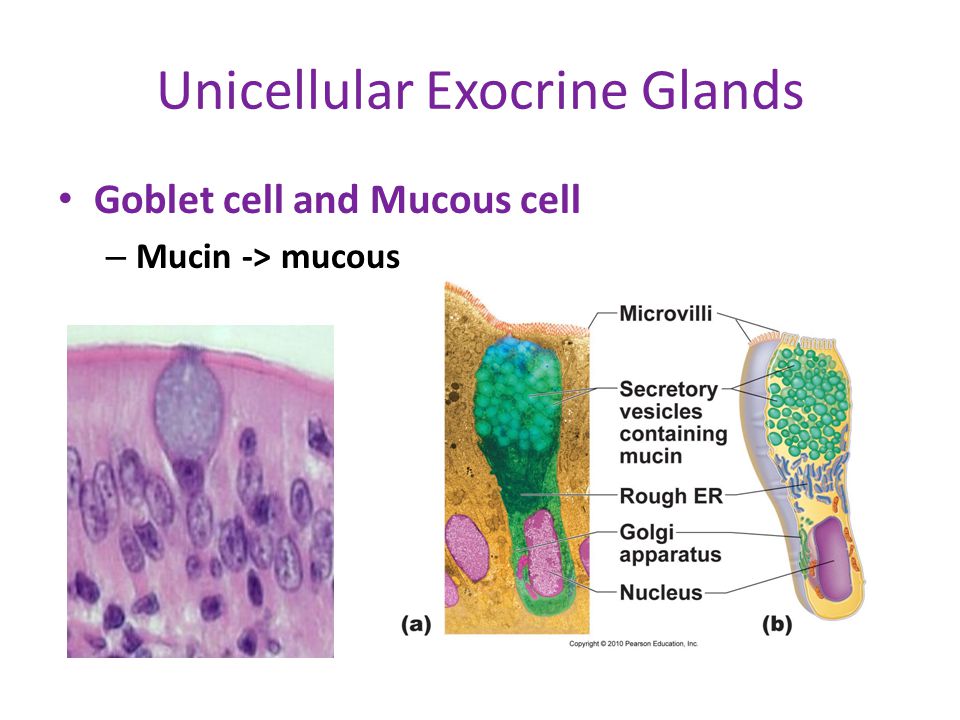



Tissue Chapter 4 Link Ppt Video Online Download



Tissues And Membranes




Unicellular And Multicellular Exocrine Epithelial Glands Youtube



Animal Tissues Epithelial Tissue Glands Atlas Of Plant And Animal Histology




Scanning Electron Micrographs Of The Unicellular Gland Openings In The Download Scientific Diagram
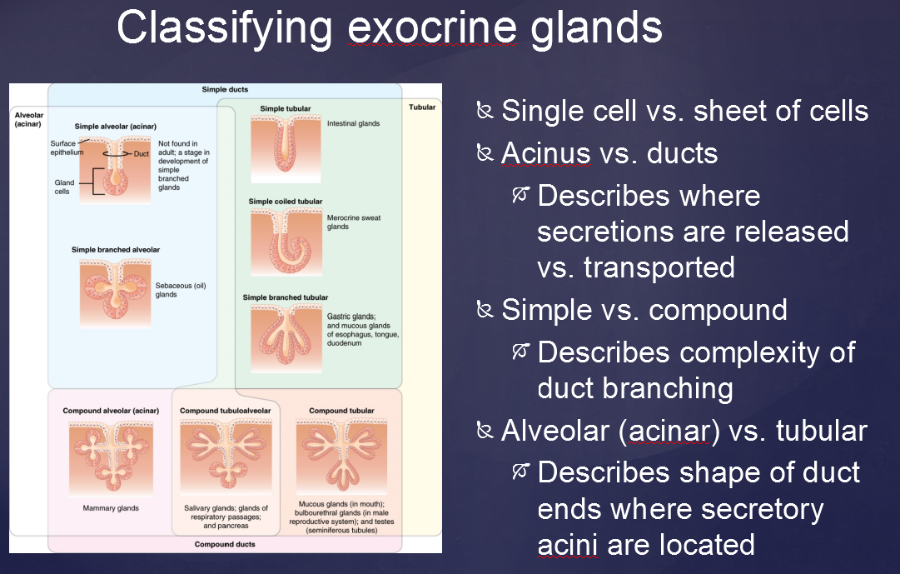



Print Vertibrate Histology Test 1 Flashcards Easy Notecards




Glands Histology Sciencekeys



Study Notes



Epithelial Tissues Types Functions Characteristics Shape Structure Epithelia Epithelium
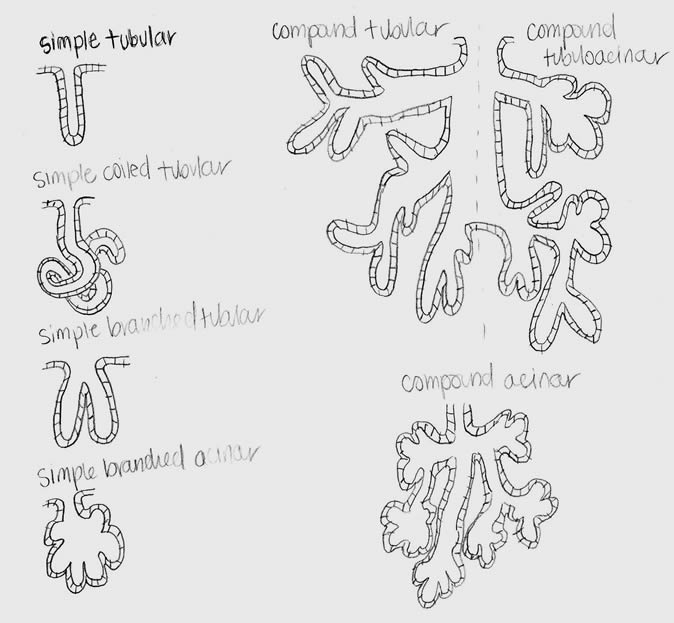



Glandular Epithelium




Glandular Epithelium Membrane Epithelium Becomes Glandular Epithelium When
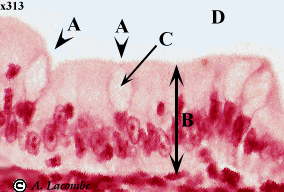



Al S Histology Pages




Glandular Epithelium Pdf Glands Cell Membrane



Blue Histology Epithelia And Glands



1



2
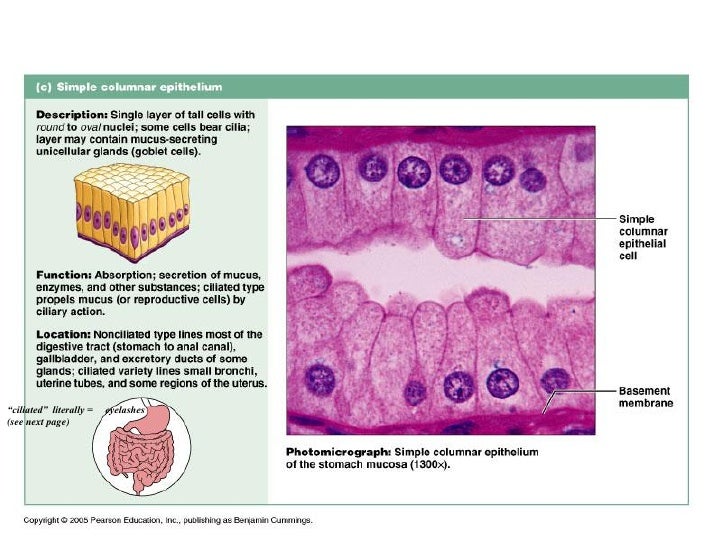



Histology Various Type Of Epithelium




Solved Which Of The Following Statements About The Depicted Chegg Com




Slide Unicellular Exocrine Glands Diagram Quizlet




Ppt Tissues Powerpoint Presentation Free Download Id 6415



2
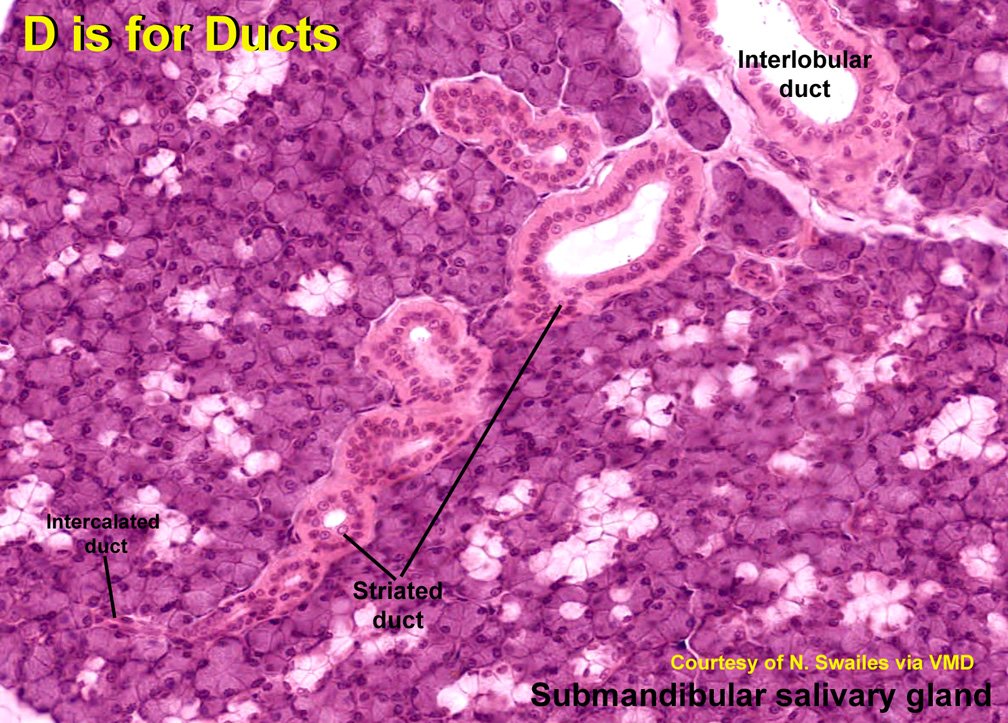



Jamie Chapman Ihearthisto Llcoolprof M Is For Microvilli With Light Microscopy These Apical Membranous Projections Appear As A Brush Border In Absorptive Epithelia Arrows In 1st Micrograph Under Em




Tissues Living Communities Chapter 4 Cells Of Similar




Physiology Epithelial Tissue Behrouz Mahmoudi Www Soran Edu




Glandular Epithelia Flashcards Quizlet




Glands Classifications Types Functions And Diagrams Jotscroll
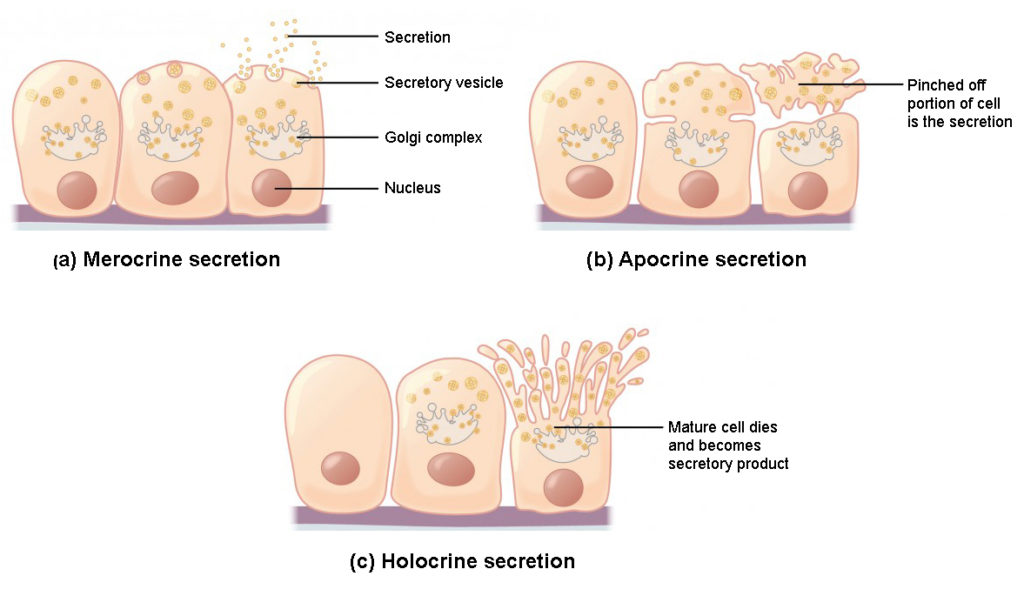



Epithelial Tissue Anatomy And Physiology I
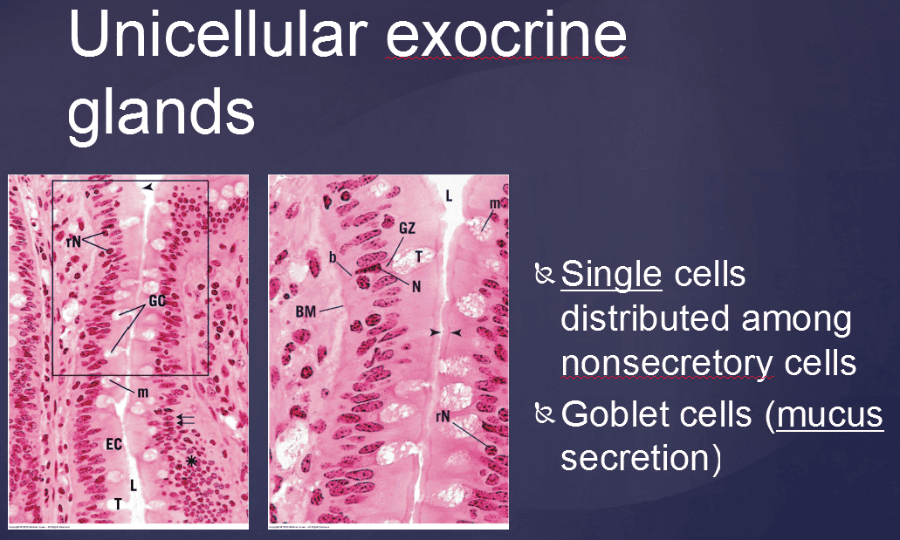



Print Vertibrate Histology Test 1 Flashcards Easy Notecards




Glandular Epithelium And Glands Springerlink



Blue Histology Epithelia And Glands



Study Notes




Lecture 11 Histology Objectives Chapter 5 1 Define



Blue Histology Epithelia And Glands




Tem Of Unicellular Gland Cells Of Workers Of Melipona Quadrifasciata A Download Scientific Diagram



Epithelium Exocrine Gland Illustrations



Collection Of Histological Sections




Histology 1 4 Glands Gland A Single Epithelial Cell Or Grouping Of Cells Specialized For Secretion Secretion Energy Consuming Process By Which The Ppt Powerpoint




Scanning Electron Micrographs Of The Unicellular Gland Openings In The Download Scientific Diagram




Ppt Tissue The Living Fabric Powerpoint Presentation Free Download Id
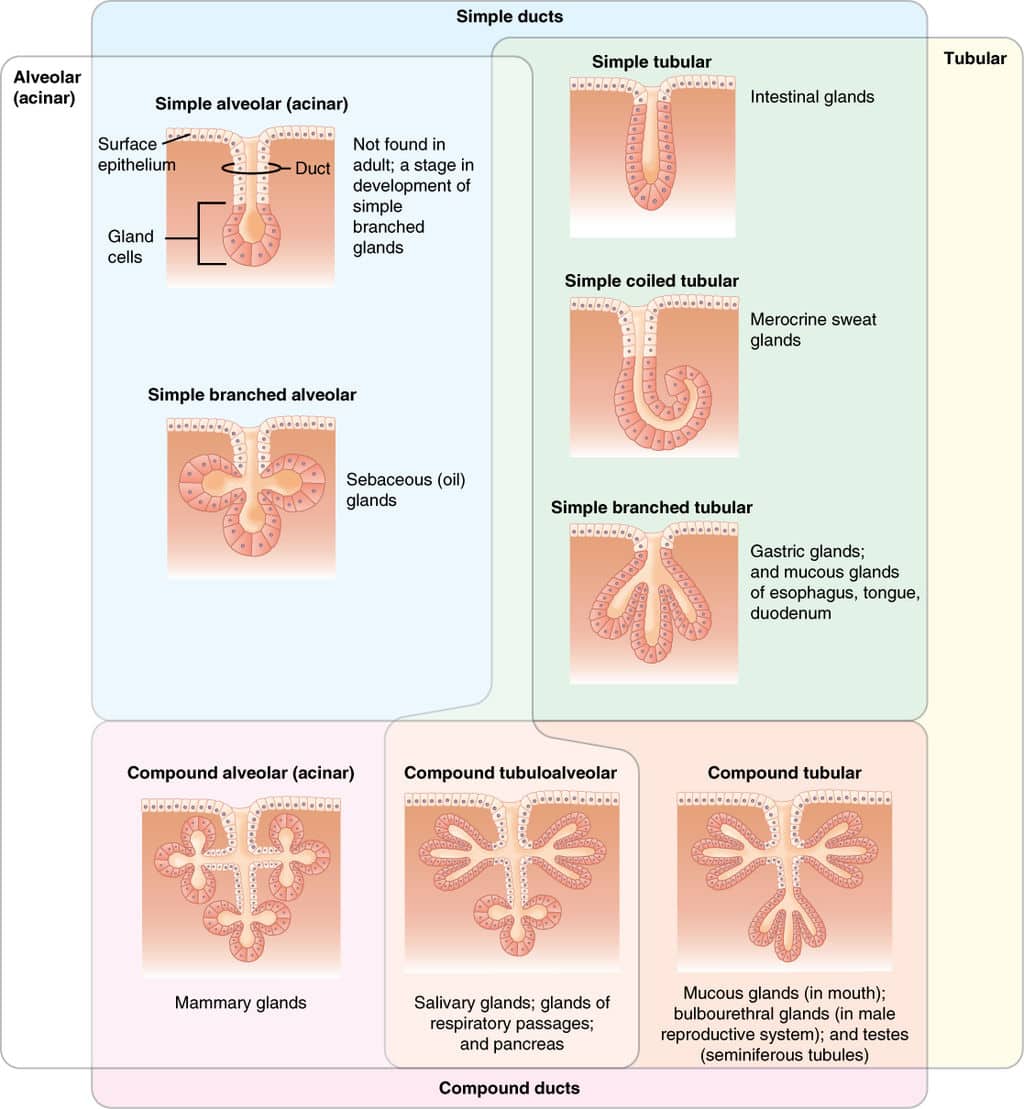



Structure Of Glands Exocrine Endocrine Histology Teachmephysiology




General Histology Knowledge Amboss




Tubular Gland An Overview Sciencedirect Topics




Unicellular 1 Digital Histology
コメント
コメントを投稿